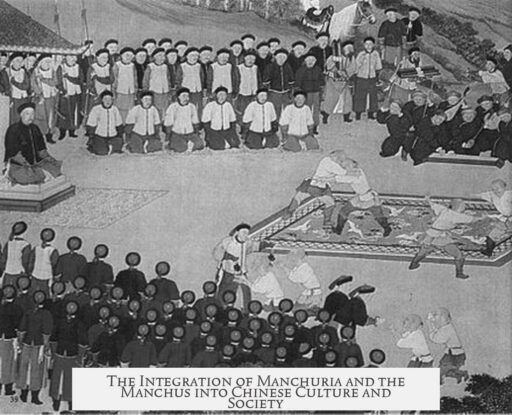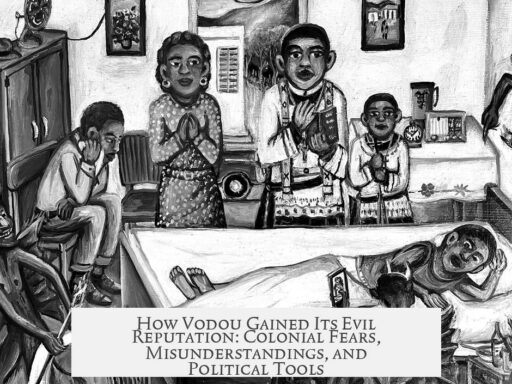The Manchus and Manchuria became absorbed into China primarily after the collapse of the Qing dynasty in 1911, rather than during the Qing rule itself. Contrary to earlier beliefs, the Manchus maintained a distinct ethnic identity and did not fully assimilate into Han Chinese culture while they governed.
For much of the 20th century, Western historians accepted the theory of sinicization, which claimed the Manchus had adopted Han Chinese customs completely by the 1800s. This view portrayed the Qing dynasty as a line of foreign rulers who simply absorbed Chinese culture to maintain control. However, since the 1980s, this interpretation has shifted significantly.
New research—known as the “Inner Asian turn”—focused on the Manchu language archives alongside Chinese documents. Scholars found that the Qing dynasty preserved Manchu distinctiveness deliberately. Manchu was a secretive language used in sensitive military and political contexts. This indicated a clear effort to retain ethnic uniqueness rather than hide it.
The Manchu ruling class kept many non-Han traditions alive, including the continued use of the Manchu language and the practice of traditional Manchu Shamanism. While Manchus engaged in Chinese cultural practices when convenient, they did not abandon their own societal norms. This suggested a dual identity, balancing Manchu heritage with governance over a predominantly Han population.
Importantly, the Qing empire viewed China as only one part of a larger multiethnic territory. Their dominion extended into Mongolia, Tibet, and northern regions known as Manchuria, emphasizing an empire that was Inner Asian rather than purely Chinese. This broader imperial vision reinforced Manchu identity tied to various ethnicities and lands beyond just Han China.
The institutional backbone of Manchu identity was the Eight Banner System. This system regulated every aspect of Manchu life and ensured a distinct separation from the Han Chinese. It segregated communities, forbade intermarriage with Han, and imposed a distinct legal code for Manchus. Social practices, such as the prohibition of footbinding and the promotion of unique attire, further marked the differences. The Banner System also restricted Manchus from traditional Han professions and created unique welfare provisions for them.
Throughout the Qing period, such measures prevented the Manchu ruling class from being absorbed culturally by the Han majority, preserving separate ethnic markers within the empire’s social and political fabric. Even in the late Qing era, these differences were apparent and enforced.
The significant change came after the Qing dynasty fell in 1911. The Manchu ruling class was subjected to widespread violence from the Han majority, leading to many deaths and forced concealment of Manchu identity. Manchus abandoned their language, names, dress, and many assimilated through intermarriage.
Following the communist takeover in 1949, ethnic policy in China promoted recognition of minority groups, including the Manchus. This policy encouraged some descendants to reclaim their heritage and benefit from minority status programs, such as preferential education. Despite this resurgence in ethnic identity on paper, most modern Manchus are culturally indistinguishable from the Han Chinese majority today. They have largely merged into the broader Chinese society.
| Period | Manchu Identity Status |
|---|---|
| Qing Empire (1644–1911) | Distinct Manchu ethnicity preserved and institutionalized |
| Post-Qing Collapse (After 1911) | Forced assimilation; loss of Manchu cultural markers |
| People’s Republic of China (Post-1949) | Minority recognition policies encourage ethnic claim; cultural indistinction remains |
- Manchus retained a separate ethnic identity during Qing rule through language, customs, and legal systems.
- The Eight Banner System institutionalized Manchu separation from Han Chinese society.
- The Qing viewed their empire as a multiethnic, Inner Asian state, not just “China.”
- The collapse of the Qing accelerated Manchu assimilation due to violence and social pressures.
- Modern policies allow Manchus to reclaim heritage but cultural differences largely vanished.




